Pineapple
I guess most people think pineapples grow on trees. But guess what, they don’t! They grow straight out of the ground, from a leafy plant with stocky leaves. The plant is about 1,5 meters long (5 feet).
From a guy in Nicaragua I also learned that pineapples used to be white, but that the fruit companies invented the yellow variation because it’s sweeter and more appealing. Currently a company in Costa Rica is even experimenting with pink pineapples.
Vanilla
This is one of those frequently used ingredients that I had no idea how it growed. Well, look below. The vanilla orchid is a vine-like plant that grows upon other trees. The part that is used is called the vanilla pod, referred to as the bean. They look indeed like green beans.
They are picked when they’re still not ripe, and next plunged into hot water and laid out to dry in the sun for a long time: 2-6 months.
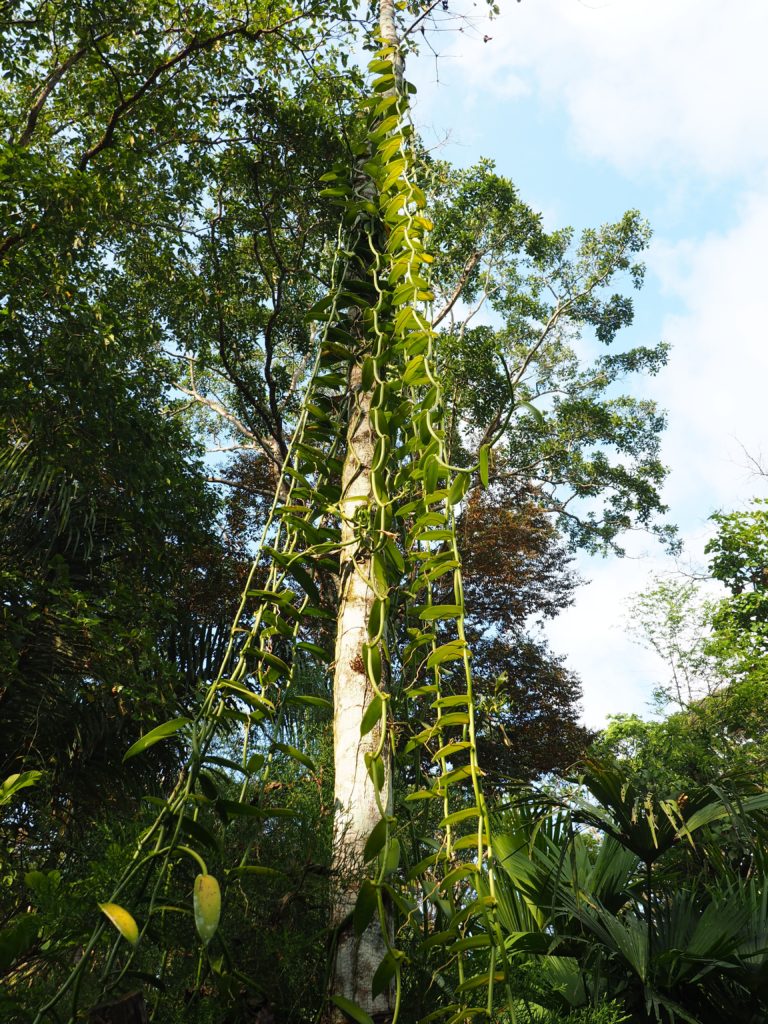
Almonds
Grow in a tree! And it’s quite a job to peel of the their ‘skin’. The parrots and monkeys seem to know how to handle them though and go crazy over them.
Starfruit
Originally from Asia, starfruit grows pretty well in the Central American tropics. The ‘carambola’ tree can be between 6 to 10 meters tall and is a slow growing evergreen tree with big leaves. They can carry a LOT of fruits at once.
Papaya
I don’t know why, but I always think this plant looks so odd. Papaya originated in the lowland tropics of South America, but today you find them in many tropical countries. The plant grows easy, and the fruits comes straight out of the soft stam, without any leaves on them. The plants are pretty quick to fruit too and therefore papaya is a cheap product over here!
Cacao
So, this is quite a process. One wonders how it’s possible that chocolate comes so cheap (funny enough not in Costa Rica where the bean is grown, due to the taxes that have to be paid over the processed product itself). Yes of course, because of labour exploitation, but also ‘fair trade’ bars are cheap considering the amount of work that goes into the process. Just wondering.
About how chocolate is made you could easily write another article. Basically the cacao beans come out of these giant yellowish/reddish/greenish shell. The simple version is that they are cleaned after harvesting, dried (with fermentation) and roasted to get the flavour out. Next they are cut into nibs and grinded before the conching and tempering. If you ever come to Costa Rica, plan a cacao tour for sure. It’s amazing to see the process and often you’re able to taste a lot of chocolate!
Turmeric
Put it in your tea, curry or any hipster food: turmeric! Turmeric ranks as one of the spices with the most health benefits and is therefore growing in popularity. Turmeric is different from most herbs in that you won’t be harvesting its leaves, but the roots instead. It grows an underground tuber, just like ginger.
Coconut
Alright, you know where these come from. But did you also know that there are two basic types of coconut (trees)? Namely the more common tall types and the dwarf. The coconuts from the tall trees are larger, yet more difficult to harvest. The smaller tree also produces way more coconuts, yet they are smaller in size. Last photo pictures how to remove coconuts the best way (that is without one falling on your head!).
Cashew
Personally I though they would grow from the ground, but guess what? They don’t. Our neighbours had a cashew tree growing in their garden and I was pretty surprise when I saw the first cashew nut.
The tree itself is pretty with large leaves and pink flower. The cashew nut is not even the main product of the tree, as the cashew nut is only a part of the cashew fruit (you can see some ripe cashew ‘apples’ in the picture below).
The harvesting of the nuts isn’t so difficult, but the work comes with the roasting of the work (apparently). A Costa Rican suggested that I’d just buy them in the shop instead of trying myself, when I asked her how it works, the roasting. It also explains why cashew nuts are a little more expensive than peanuts for example.
Noni
A ripe noni fruit can be smelled from a long distance. Boy, what does this penetrate your nose. Like the durian of Costa Rica. The first acquaintance with noni always makes a strong impression. Reactions often are extreme: “sweaty feet, old tennis shoes, stinky cheese..”
Probably you either love it or hate it. To me, eating one would be the equivalent of sacrificing all my self-respect, but many people really swear by it. After all, the noni is known for its extreme health beneficials.
Banana
You probably have seen these before! Did you know they can host very large and poisonous banana spiders too? Yikes!
Coffee
Just like chocolate, coffee goes through many stages before it arrives in the supermarket or your favourite cafe, ready to be brewed. The area around San José is famous for its favourable climate (read: a lot of rainfall). Over here many coffee fields are to be found.
Many people think that coffee grows as a brown bean from the ground. Therefore you might be surprised to read that coffee is grown like a ‘cherry berry’ from a small plant. Due to the red ripe berries that are hanging from the plant’s branches, they look a bit like decorated Christmas trees. The beans per plant are harvested once a year and the plant itself can stay alive for some 30 years.
After harvesting the beans are selected and dried. Take a tour if you’re around the valley if you want to know more about the process. It’s a really fun thing to do!
Mango
Comes from a tree! Although they give a lot of fruit at once, it takes a while before it gets to this phase. Mango doesn’t fruit until they are mature trees, which means when they are pretty big already.
That’s it! Hope you learned something!
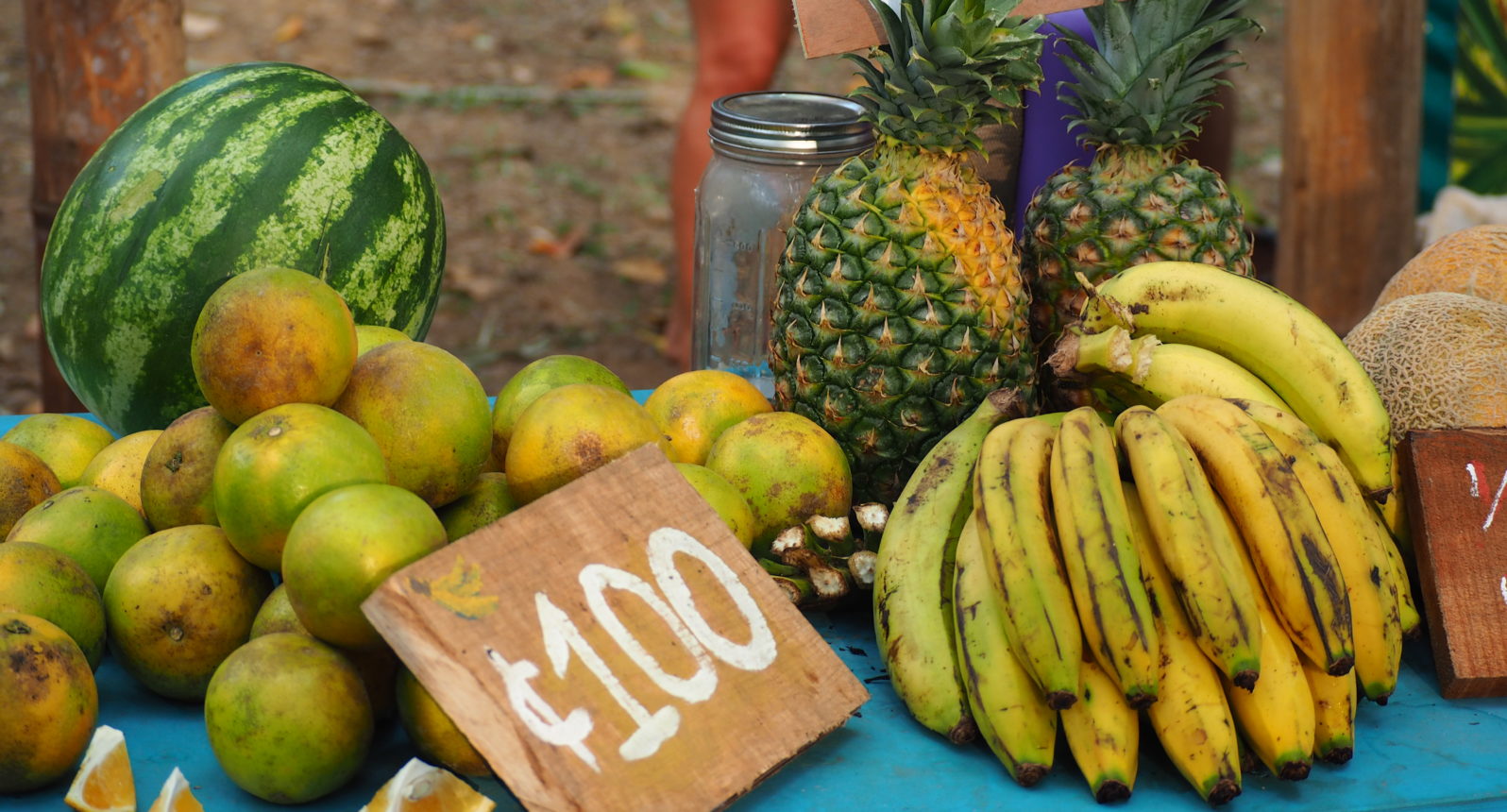
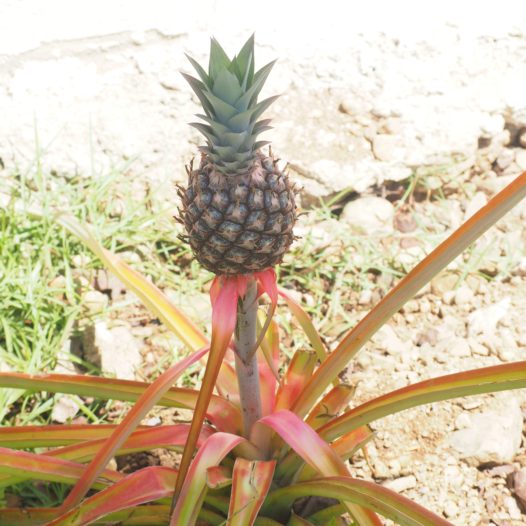
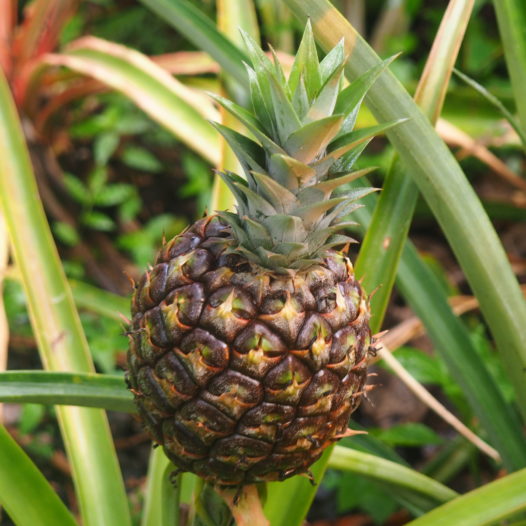
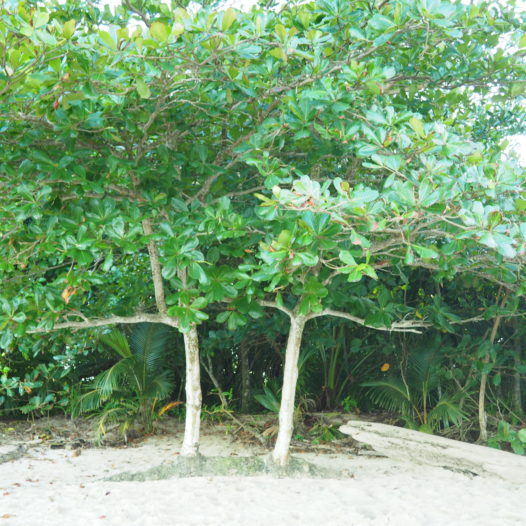
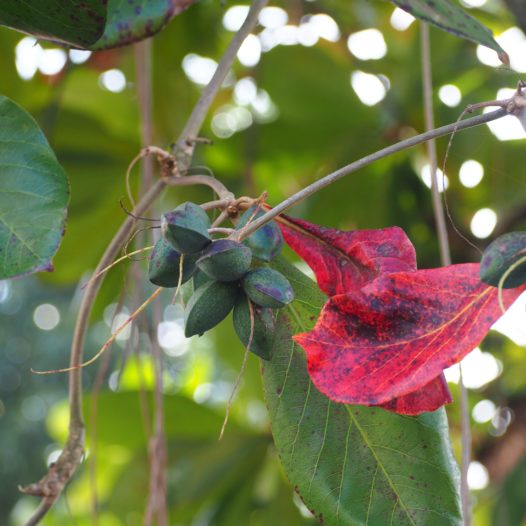
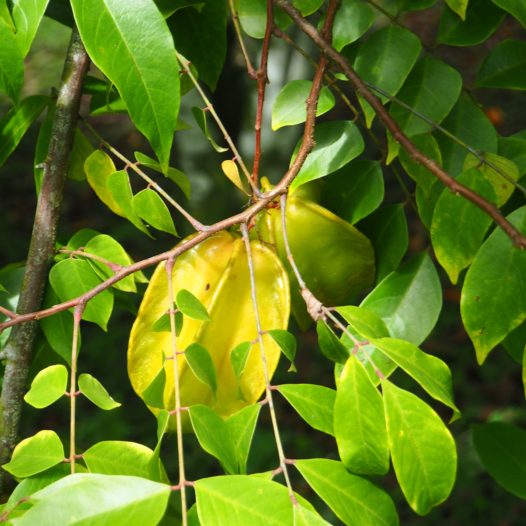
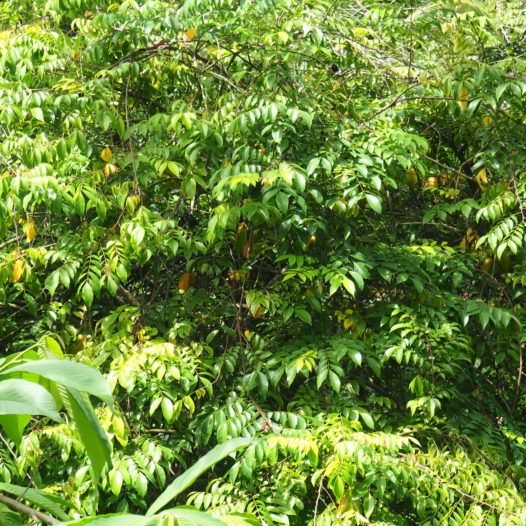
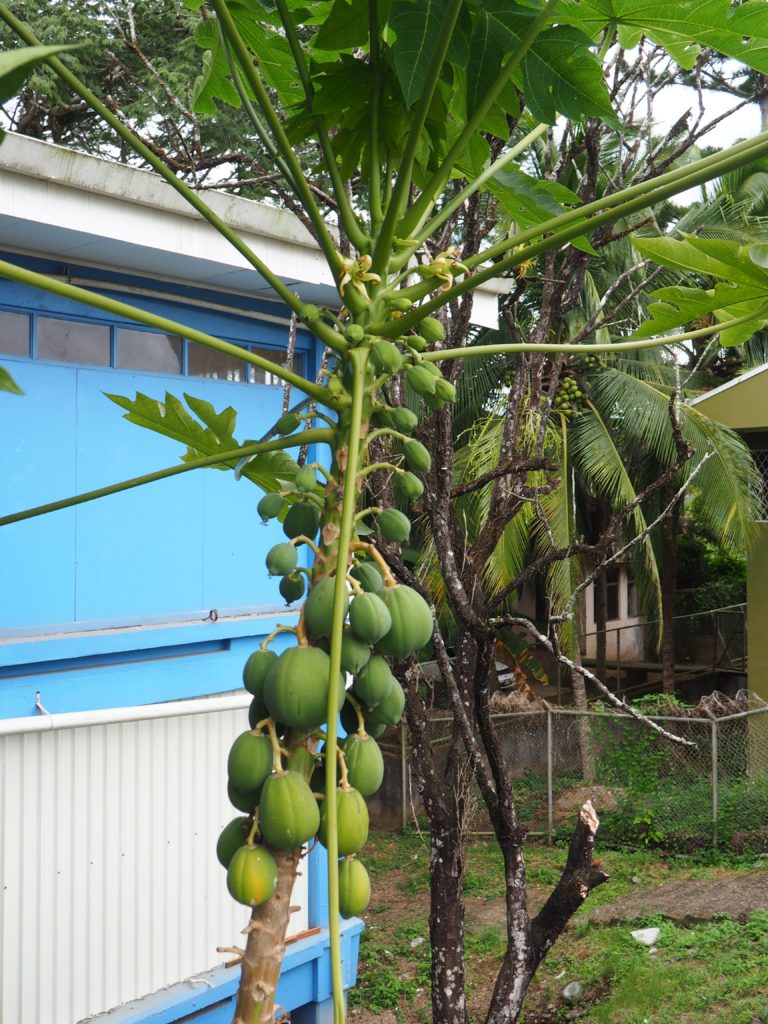
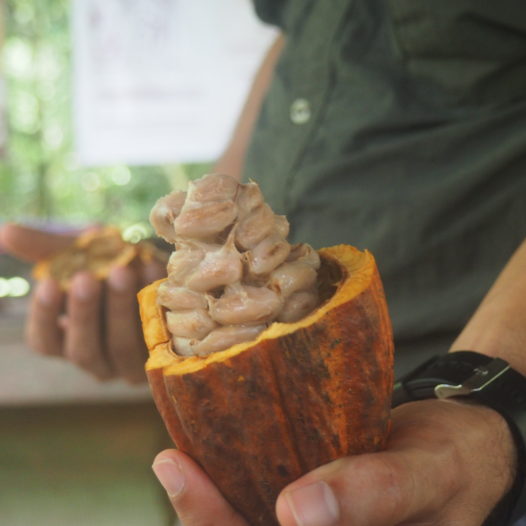
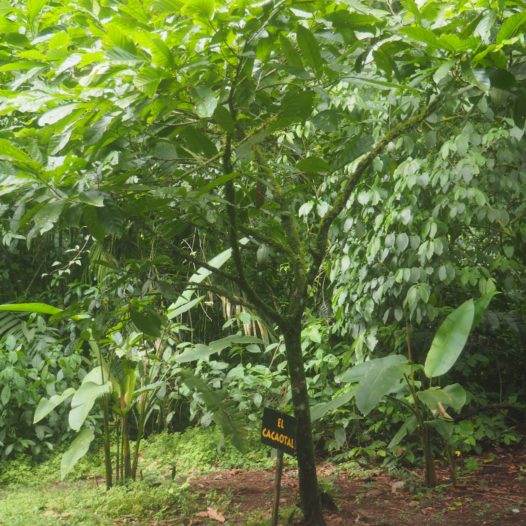
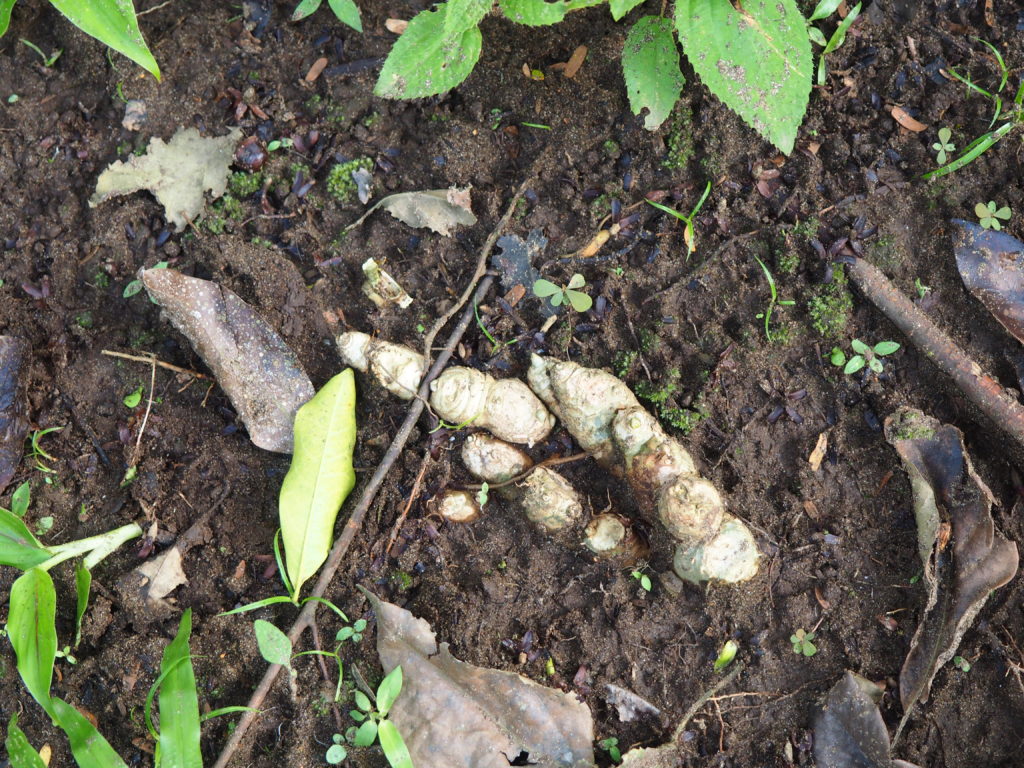
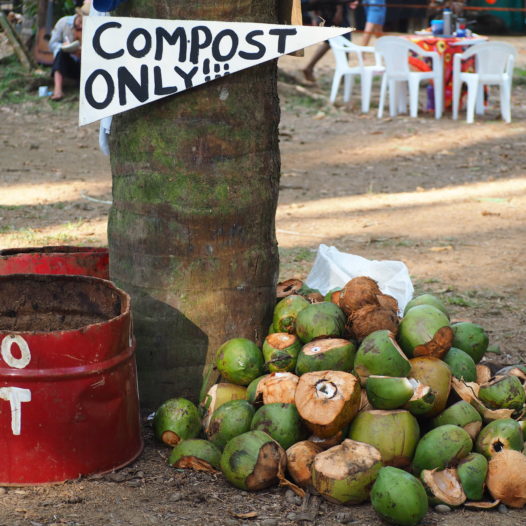
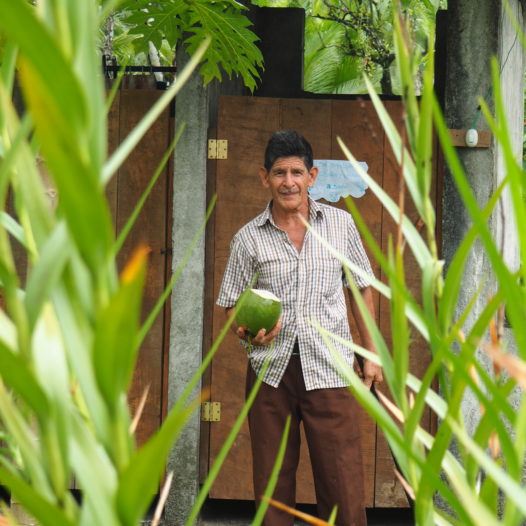
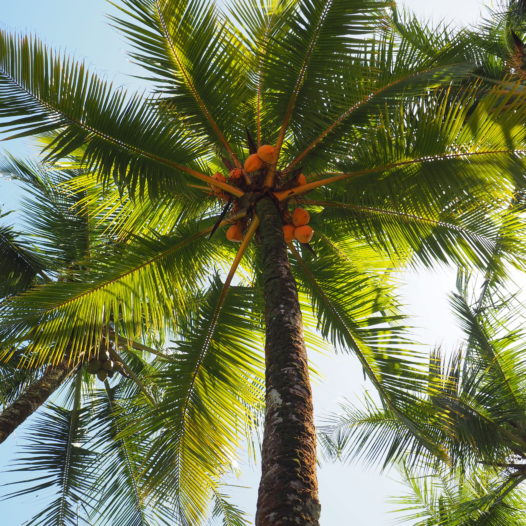


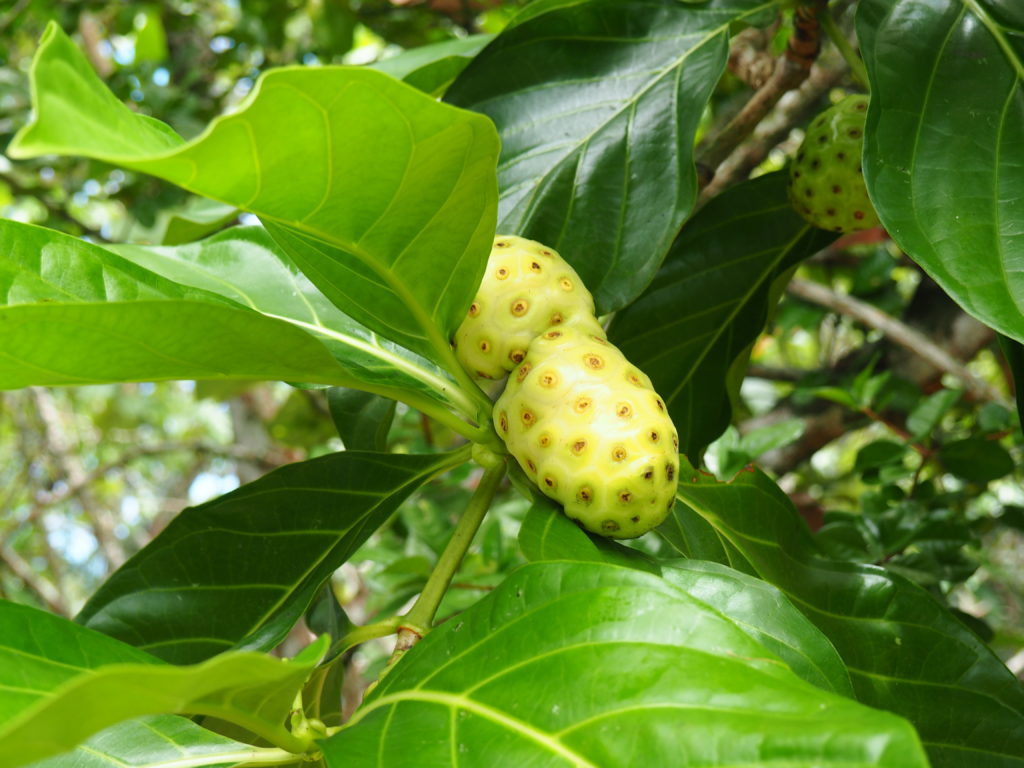
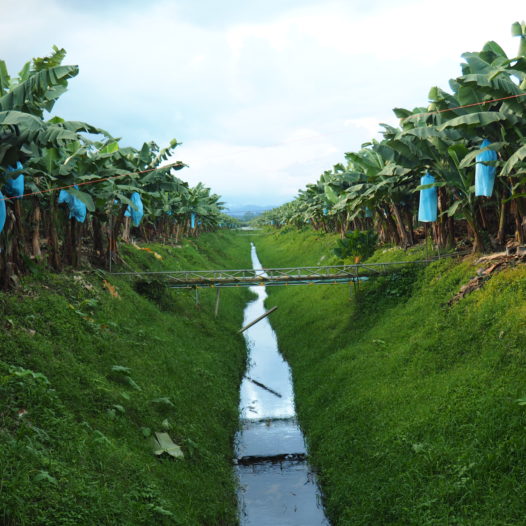
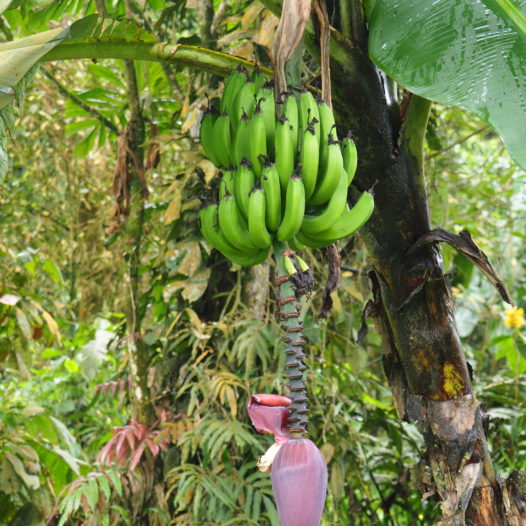
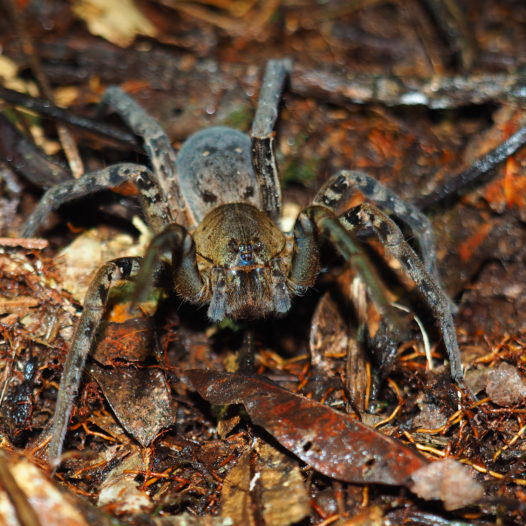
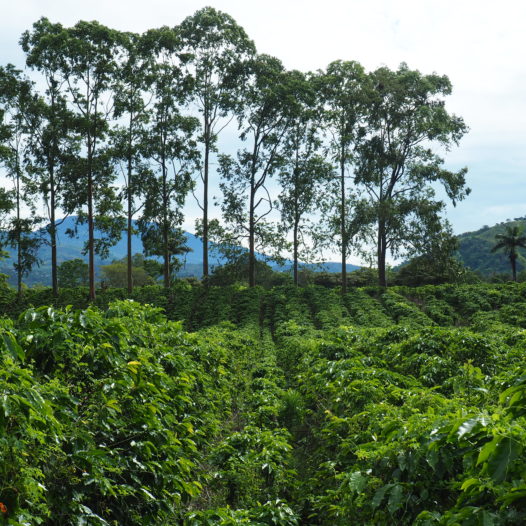
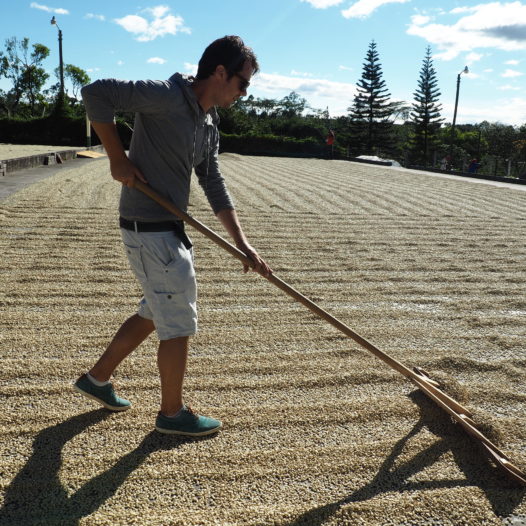
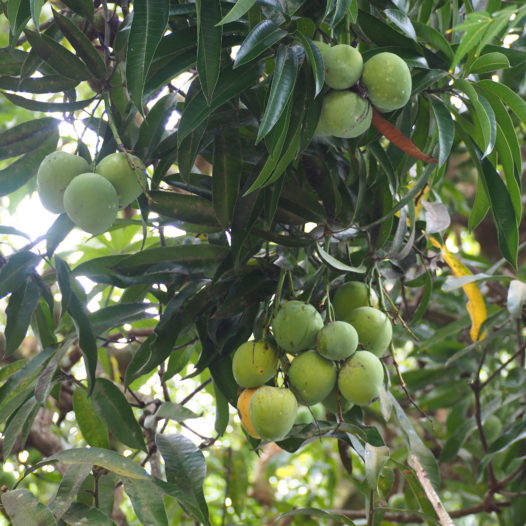
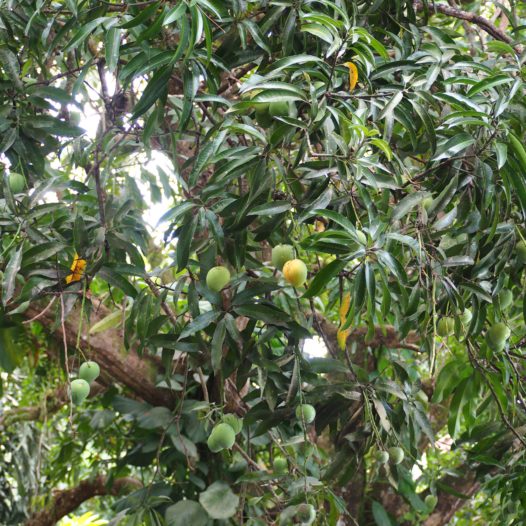
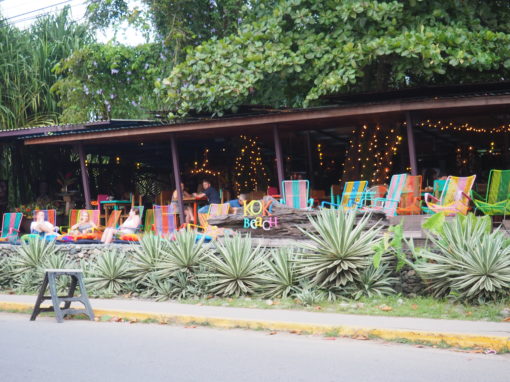
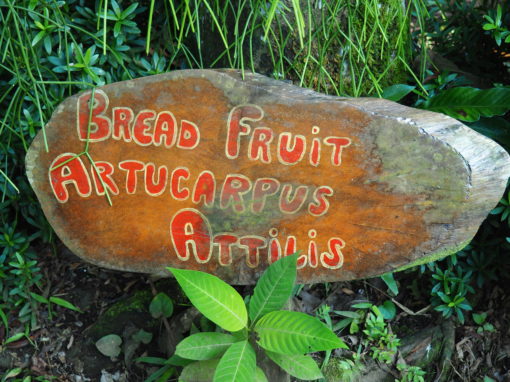
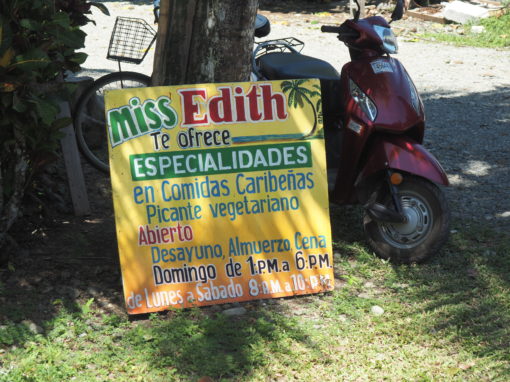

Agd
April 27, 2024 at 2:41 pm
Please edit this article for appropriate use of the English language.